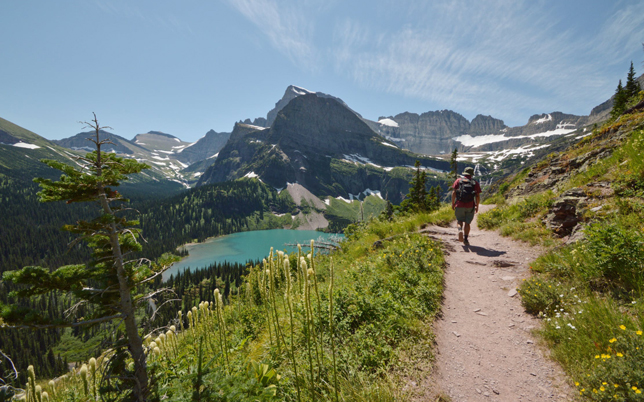
Mountain biking is an incredible sport. It’s engaging, exhilarating and empowering. You can get a great cardio workout that is low-impact but high-reward. When you begin biking, it’s easy to feel a little lost; things might seem more complicated than they actually are. That’s normal with any new adventure sport!
You can make yourself more at-ease by understanding how your bike works. Knowing these five basic— but critical— maintenance tips will help you feel more comfortable on your bike.
Keep It Clean
Cleaning your bike is simple, but crucial maintenance. Start with a basic organic cleaner, like Mrs. Meyer’s, Dr. Bronner’s, or Simple Green. You’ll want to use a sponge to wipe down the frame, a towel to clean the seat and a toothbrush to get into the nooks and crannies— the chain, chain rings, cassette, derailleurs, pedals and brakes. You don’t need a ton of water. Many cyclists use the mist setting on a spray bottle. Don’t forget two things: rinse well to remove soap residue and when you remove the seat post be sure to add a small amount of bike grease before sliding it back in.
Fix Your Fork
Minor issues with your fork can quickly become big problems for the whole bike. Save yourself (and your bank account) a headache by checking your fork for any damage after every ride. Standing next to your bike, press down on the fork. It should rebound smoothly. If it feels slow or sticky, there could be some built up dirt or grit. You also want to change out the air and/or oil pressure after every 20-30 hours in the saddle. The goal is to keep the oil in and the dirt out.
Check Your Air Pressure
Most mountain bikes use tubeless set ups, which drastically reduces the chance of getting a flat while on a ride. But tubeless tires means you to run lower air pressure, which will slowly leak air over time. That’s why it is important to check your tire pressure before every ride. First, you need to know your psi and have a gauge that accurately measures it. You need to also keep a spare tube and a repair kit with you on every ride. That way if you slice your tire you can still ride out.
Inspect Your Wheels
With your bike upside down or hanging from the saddle, spin each wheel, making sure it rotates freely and straight. As the wheel turns, lightly brush your fingers against the rims, feeling for dents or knocks. As the wheels turns also inspect the spokes. They should feel taut. If one seems loose, it will need tightening. When tightening spokes, you don’t actually turn the spoke. Instead, you turn the nipple that holds the spoke into the rim.
Check your brakes
Brakes are a vital part of mountain bike safety, so you want to prioritize making sure they are in good working condition. Loose or damaged breaks can result in losing control when making a turn or going around a corner, which could lead to serious injuries. If you have disc brakes, make sure both sides of the rotors on each wheel look smooth and straight (but do not touch the rotor). If you have V brakes, look at the wheel while it’s spinning and ensure the brake blocks do not touch the rims. Take this time to assess the pads, too. You want them to be wearing evenly. It’s time to replace them if they show excessive wear.
Making a habit of even five minutes of bike maintenance before and after each ride will help keep you safe on the trails, not to mention keeping more money in your pockets. Regular bike maintenance protects you, as well as the longevity of your bike’s components.